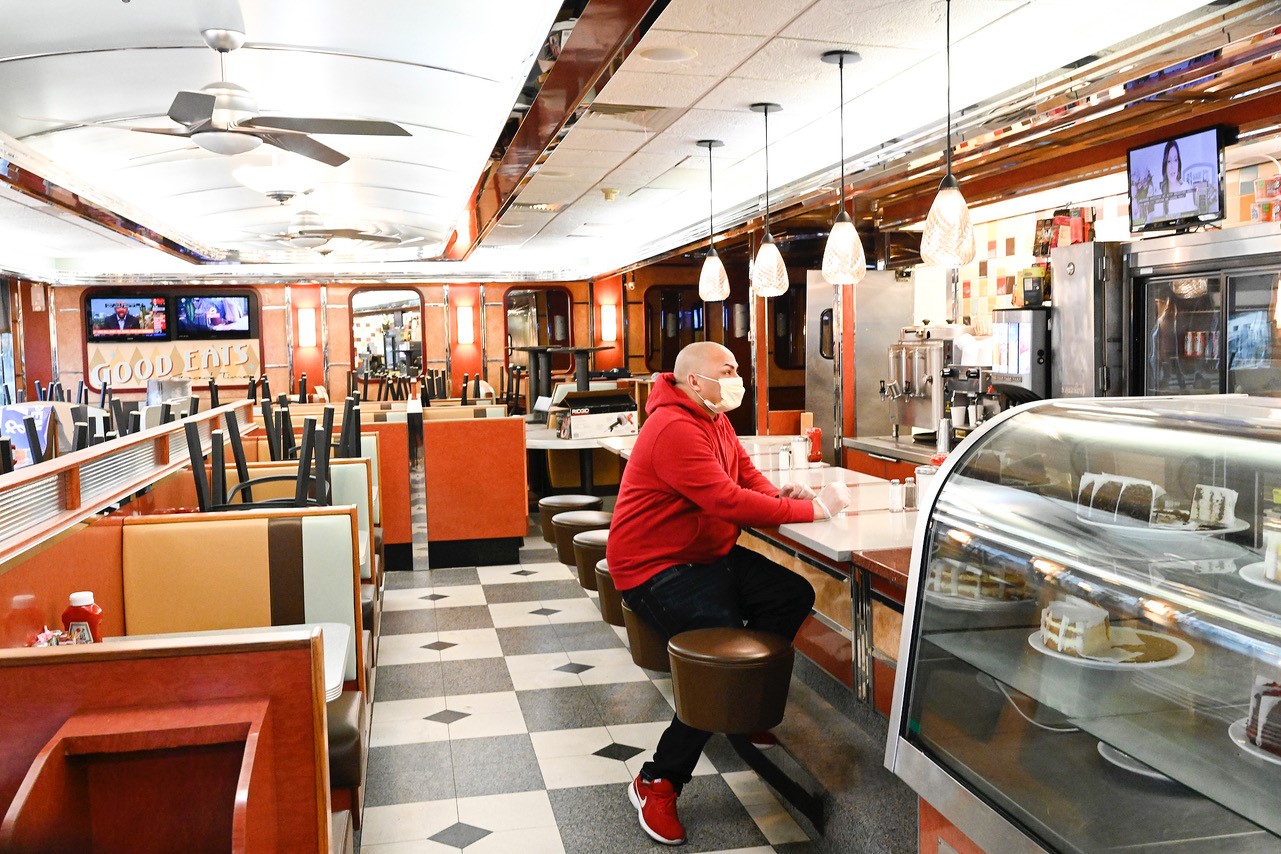The Cultural Cost of Covid-19
Since the first U.S. case was diagnosed, cancellations and closings are being reported at thousands of arts organizations across the country, artists are posting high unemployment rates, and organizations are furloughing staff.
Financial Losses to the Arts
Americans for the Arts created the COVID-19 Impact on the Arts Survey to measure the financial and human impacts that the coronavirus has had on the arts. The survey opened on March 13 and, to date, we have received more than 12,000 responses. The findings make plain the damage to the arts sector.
Nationally, financial losses to the nonprofit arts sector are estimated to be $4.5 billion (as of April 6). That is up from $3.2 billion just three weeks earlier. Nonprofit arts organizations have lost an estimated 197 million admissions due to cancelled or postponed events.
Other findings from the study include: 94% groups have cancelled events; 29% have used financial reserves; 34% have reduced creative workforce (artists); 23% have reduced staff, while 43% report that it is “likely” they will reduce staff (28% say “extremely likely”); 24% have reduced salaries/payroll; and 69% expect this crisis to have a “severe” impact on their organization (36% expect an “extremely severe” impact).
Economic Impact of Financial Losses
What is the economic cost of 197 million fewer audience members passing through the turnstiles? It’s $6.2 billion, and here’s how we know: Americans for the Arts’ Arts & Economic Prosperity 5 study demonstrates that the typical arts attendee spends $31.47 per person, per event, not including the cost of admission on items such as meals, parking, lodging and retail. Do the math and this means that local businesses already have missed out on $6.2 billion in event-related spending by arts audiences.
Taken together, the $10.7 billion in total financial losses ($4.5 billion by arts organizations + $6.2 billion in event-related spending by arts audiences) has resulted in 304,000 jobs no longer being supported and $1.8 billion in lost revenue to federal, state and local governments.
The Rebuilding Power of the Arts
Clearly, this is a distressing time for the country, with more uncertainty ahead. When the crisis does end, however, the arts should be looked to as an essential tool in both economic recovery and reconnecting our communities.
Getting people out of their houses and spending money again will be key to jump-starting the economy (70% of the U.S. economy is consumer spending). This is what the arts do. They create social and economic opportunities—attending a festival, visiting a museum, going to the theater, seeing a concert—and every time, that attendee will spend an average of $31.47 beyond the ticket cost. This provides income to local businesses, energizes our downtowns, promotes visitation to different neighborhoods, and puts people to work. Total national event-related spending in 2015 was $103 billion and supported more than two million jobs!
The arts also will create opportunities to heal the isolation caused by social distancing and unify our communities. Regardless of who we voted for, or our personal faith, everyone loves arts experiences, such as attending local festivals, working together on a community mural, or seeing Hamilton for a second time. These are things we do together—shared and meaningful experiences in public spaces—and the research shows that the public understands these well-being benefits: 72% of Americans believe “the arts unify our communities regardless of age, race and ethnicity,” 73% agree that the arts “help [them to] understand other cultures better” and 81% of the population says the arts are a “positive experience in a troubled world.”
What’s more, these perspectives are observed across all demographic and economic categories.
The coronavirus toll is heavy, but the arts can be our greatest asset in recovering from the crisis socially and economically. This is why doing everything in our power to bolster the arts now will make our nation stronger later.
This article was originally published by Americans for the Arts as “It’s the Arts. Troubling News, Yet Still Room for Optimism.”
A version of this article first appeared in the May issue of ArtsNews, ArtsWestchester’s monthly publication. ArtsNews is distributed throughout Westchester County. A digital copy is also available at artsw.org/artsnews.
More from As a Matter of Art Blog

